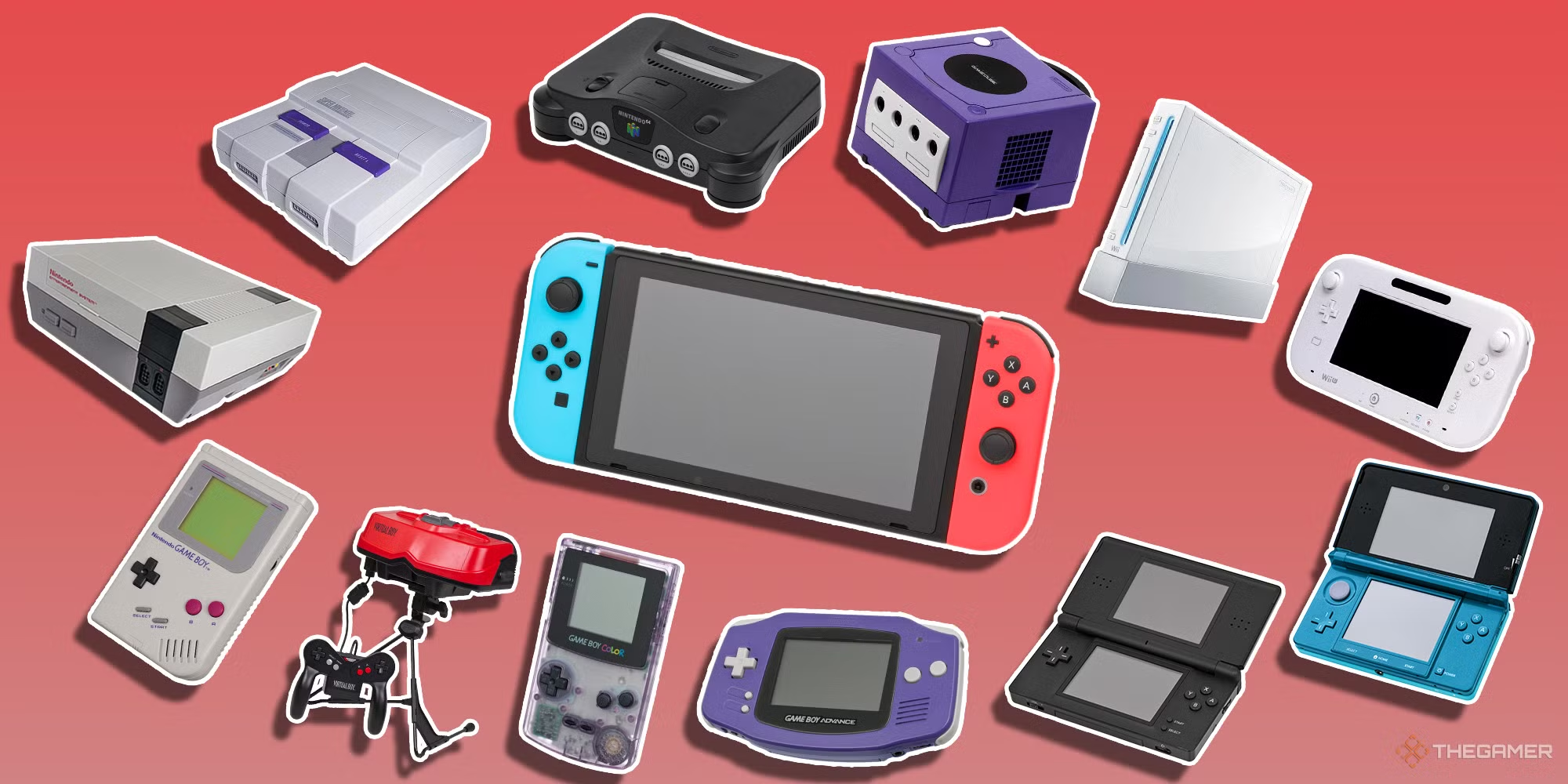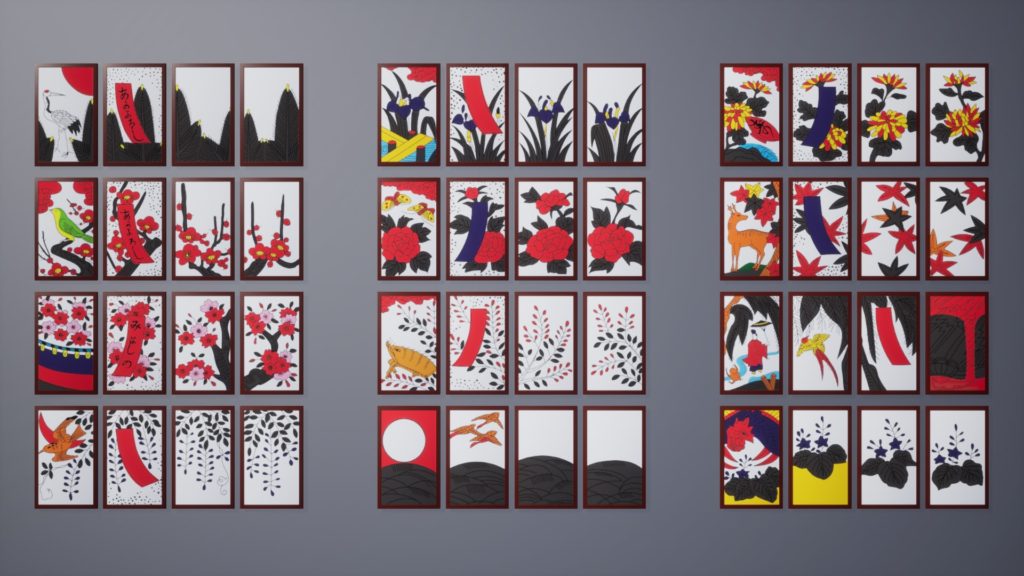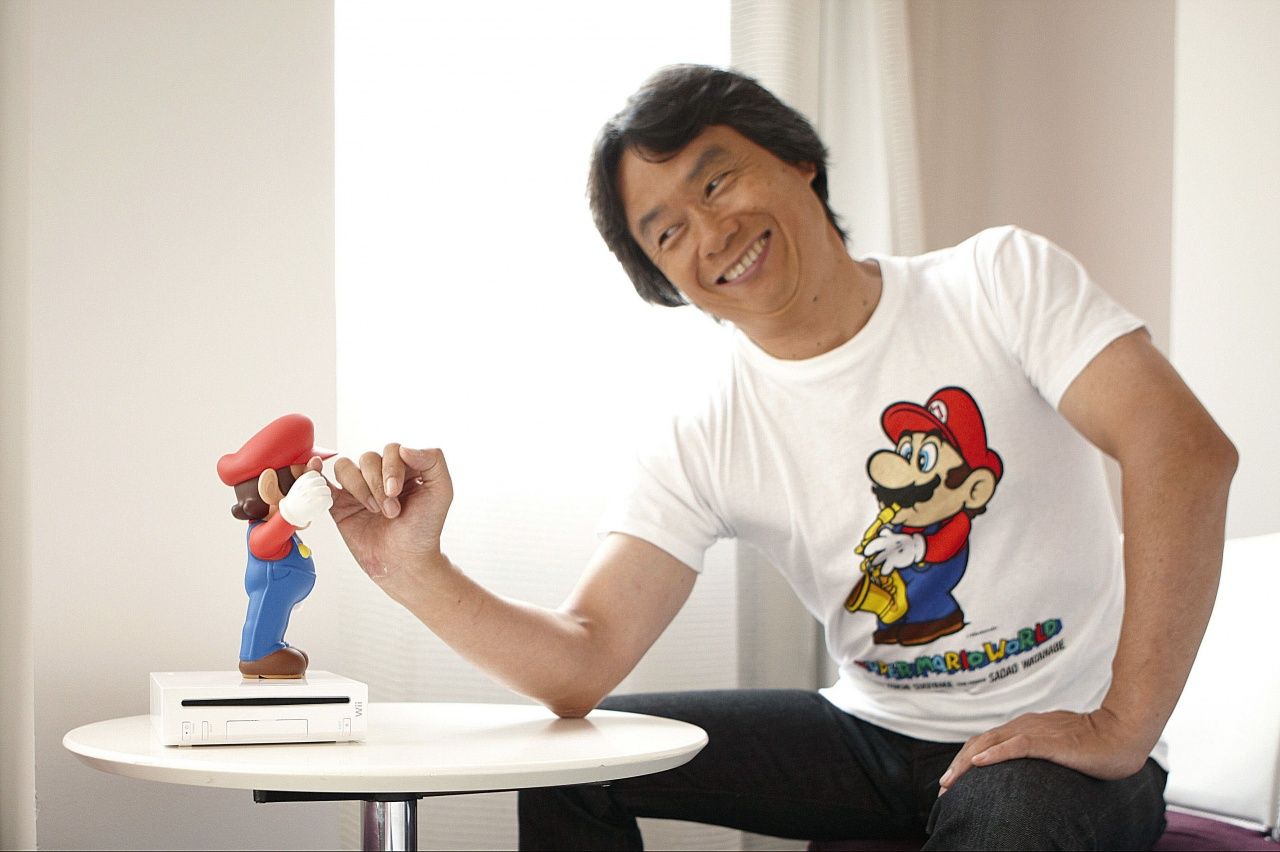
Nintendo: Gaming Pioneer
From Playing Cards to Gaming Powerhouse
Founded in 1889 in Kyoto, Japan, Nintendo began as a playing card manufacturer. Over the decades, it transformed into a global leader in interactive entertainment. Its journey showcases relentless innovation, creativity, and a deep commitment to delivering unforgettable experiences.
Iconic Franchises That Define Generations
Legendary series like Mario, The Legend of Zelda, and Pokémon have shaped gaming culture worldwide. Timeless titles such as Super Mario Bros. remain beloved by millions, fostering engagement across multiple platforms. These franchises are more than games—they’re cultural phenomena that continue to captivate players of all ages.
Pioneering Console Innovations
The introduction of groundbreaking systems like the Nintendo Switch blurred the line between handheld and home gaming. This hybrid console redefined user experiences, setting new trends in the industry. Earlier innovations, such as motion-based gameplay with the Wii, expanded gaming’s reach to families and casual players, proving that simplicity can be revolutionary.
A Look Ahead
With excitement building for Metroid Prime 4: Beyond, set for a 2025 release, the company continues to push creative boundaries. Bloomberg highlights its potential for redefining storytelling and gameplay. For updates on upcoming titles, visit the official site.
Shaping the Industry
Few companies have had such a profound impact on both developers and gamers. A focus on family-friendly content and engaging gameplay has set a gold standard. Annual events like Nintendo Direct keep fans connected, offering sneak peeks into future projects.
Discover the Legacy
Delve into the company’s rich history and innovations through its official website. From classic franchises to cutting-edge consoles, it remains at the forefront of the gaming world, continuing to inspire and entertain.
By embracing creativity and staying ahead of trends, this iconic brand secures its status as a leader in the ever-evolving gaming industry.
Evolution of Nintendo Consoles

Nintendo’s Console Revolution: A Legacy of Innovation
Nintendo’s journey in the console market showcases creativity and groundbreaking designs. Each console reflects a bold step in gaming innovation.
NES: Revitalizing the Gaming Industry
The Nintendo Entertainment System (NES) launched in 1983, saving the video game industry after the infamous 1983 video game crash. This 8-bit marvel introduced legendary franchises like The Legend of Zelda and Metroid. Learn more about the NES on Nintendo’s official site.
Game Boy: The Handheld Pioneer
In 1989, the Game Boy changed gaming by making it portable. Players enjoyed classics like Tetris anywhere, anytime. Handheld gaming became a global phenomenon. Read about its history on Nintendo Game Boy’s wiki page.
Nintendo 64: 3D Gaming at Home
The Nintendo 64 in 1996 introduced 3D gameplay with hits like Super Mario 64. Its innovative controller design enhanced player interaction. Explore the console’s impact on Nintendo’s archive.
Wii: Motion Gaming for All
The Wii, released in 2006, revolutionized gaming with motion controls. Games like Wii Sports brought families together in active play. Learn about its success on It’s Wii page.
Nintendo Switch: Bridging Home and Portable Gaming
The Nintendo Switch debuted in 2017, combining home and portable gaming. Blockbusters like Animal Crossing: New Horizons helped it become a best-seller. Check out the latest updates on the Switch’s product page.
A Legacy of Innovation
Nintendo consistently pushes boundaries, influencing gaming trends and player expectations. Each console showcases bold ideas and cultural impact.
Stay updated on Nintendo’s latest innovations and games at Nintendo.com.
Impact of Hanafuda Cards

Nintendo’s Hanafuda Card Legacy: The Roots of Innovation
Nintendo began in 1889 with Hanafuda cards, handcrafted by Fusajiro Yamauchi using mulberry bark. These cards shaped the company’s future.
Hanafuda Cards and Japanese Culture
Hanafuda cards feature beautiful, flower-themed designs. They gained popularity in Japan, especially in Yakuza gambling parlors, during a period of strict government regulations. The cards revived interest in traditional games and became a symbol of Japanese craftsmanship. Learn more about Hanafuda history on Wikipedia.
Establishing Reputation
The success of Hanafuda cards made Nintendo a household name in Japan. This early recognition laid the groundwork for the company’s entry into the gaming world. Nintendo’s skill in creating visually appealing products influenced future game design. Visit Nintendo’s heritage page for more details.
Honoring Heritage with Modern Twists
Nintendo continues producing Hanafuda cards, integrating modern themes like Mario and Pokémon. These themed decks celebrate its legacy while connecting with contemporary fans. Check out Mario-themed Hanafuda decks on Nintendo’s official store.
Financial Success as a Launchpad
Profits from Hanafuda sales allowed Nintendo to diversify. The company expanded into toys, then revolutionized entertainment with video game franchises like Mario and Pokémon. Explore how Nintendo evolved into a gaming leader on Nintendo’s innovation timeline.
A Legacy of Craftsmanship
From Hanafuda cards to Switch, the company’s commitment to quality remains unmatched. Nintendo’s origins continue influencing its philosophy of blending tradition with innovation.
Discover more about Nintendo’s history and products on Nintendo.com.
Shigeru Miyamoto’s Game Legacy

Shigeru Miyamoto: The Visionary Behind Its Success
Creating Iconic Franchises
Miyamoto’s imagination brought the world beloved franchises like Mario, The Legend of Zelda, and Donkey Kong. Together, these series have sold over 1 billion copies. Explore these classics on Nintendo’s franchise page.
Innovating Game Design
Miyamoto’s work redefined gameplay mechanics:
- Super Mario 64 introduced 3D gaming, dynamic camera angles, and analog controls.
- The Legend of Zelda pioneered nonlinear gameplay and battery backup saving, changing how players experienced adventures.
Read about these innovations on Nintendo’s innovation hub.
Revolutionizing Gaming Hardware
Miyamoto influenced hardware design with revolutionary tools:
- The cross d-pad and thumb joystick became industry standards.
- He helped design the Wii motion controls, expanding gaming’s appeal. Learn more on the Wii history page.
Supporting Pokémon’s Global Success
Miyamoto supported Satoshi Tajiri’s Pokémon concept, suggesting multiple game versions to encourage trading mechanics. This idea helped Pokémon become a cultural phenomenon. Explore Pokémon games on The Pokémon Company’s site.
Mentorship and Legacy
Miyamoto continues mentoring new developers, shaping Nintendo’s future. His philosophy emphasizes gameplay innovation and enhancing user experiences. His legacy influences projects like the Switch and beyond.
Learn More About Miyamoto’s Impact
Discover Shigeru Miyamoto’s contributions on the Nintendo Creators page. His visionary work ensures that gaming remains innovative, engaging, and accessible for all.
